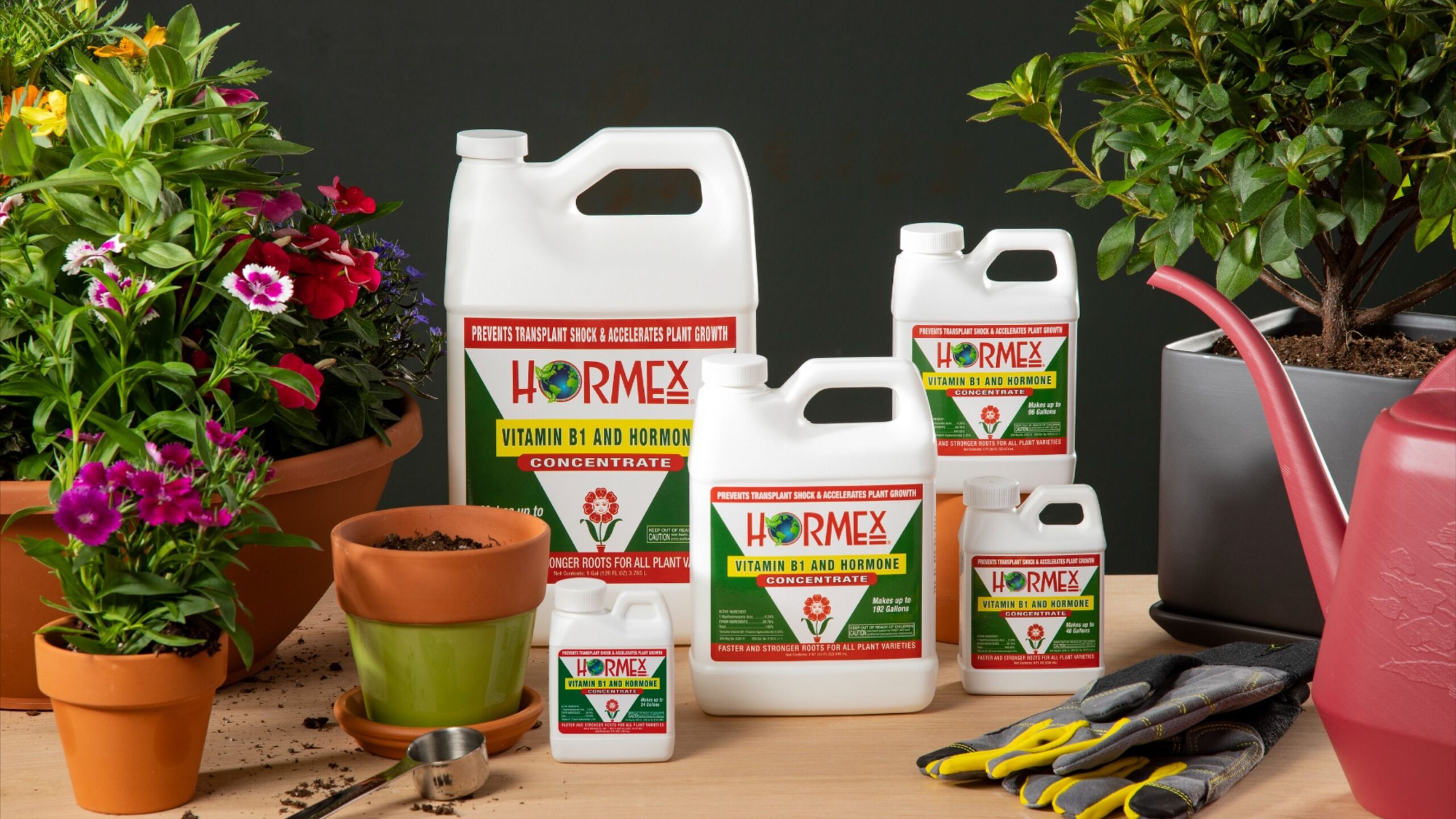
What Are the Best Techniques for Successfully Cloning Plants?
Plant cloning is an efficient way to replicate the exact genetic makeup of a plant, allowing gardeners to reproduce desirable traits such as flower color, size, or hardiness. When you clone plants, you create identical copies of a parent plant, ensuring consistency in quality and characteristics. This method is popular among gardeners and horticulturists who aim to preserve specific traits in their plants. By following the best techniques, you can achieve successful plant cloning, leading to a thriving garden filled with your favorite plants.
Selecting the Right Parent Plant
The success of plant cloning starts with choosing the right parent plant. Select a healthy plant with the qualities you wish to replicate. A strong parent plant, free of diseases and pests, gives the clone a better chance of survival and growth. Look for plants that have reached maturity and display the characteristics you want, such as robust foliage, vibrant blooms, or high resistance to environmental stress.
Healthy parent plants provide the essential nutrients and strength needed for a successful clone. Ensuring your starting plant is well-cared-for can make a significant difference in the clone’s growth.
Preparing and Cutting the Stem
One of the most effective methods to clone plants is through stem cuttings. Begin by cutting a small section of the stem, typically four to six inches long, using sterilized scissors or pruning shears. The cut should be made at a 45-degree angle to maximize the surface area for nutrient absorption.
After cutting, remove the leaves from the lower part of the stem, leaving a few leaves at the top. This preparation helps focus the clone’s energy on root development rather than sustaining unnecessary foliage. By carefully preparing your cuttings, you give the clone a higher chance of establishing itself and thriving.
Using Rooting Hormone for Faster Growth
Rooting hormone is a helpful product to clone plants, as it encourages root development and strengthens the clone’s foundation. Dip the cut end of the stem in rooting hormone powder or gel, which you can find at most gardening stores. The hormone stimulates the cutting to produce roots more quickly, increasing its chance of successful growth.
Once dipped in the hormone, plant the cutting into a suitable growing medium, such as a potting mix or perlite. Keeping the cutting moist and warm will promote root formation, allowing the clone to take root and start growing independently.
Maintaining Ideal Conditions for Growth
To successfully clone plants, you must maintain the right environmental conditions is essential. Place the clones in a warm, humid environment, as this supports root development. A humidity dome or plastic cover can help retain moisture around the cutting, preventing it from drying out. Ensure the clone receives indirect sunlight rather than direct exposure, which can be too intense for new cuttings.
Regularly misting the cutting and monitoring the soil moisture will keep the clone hydrated, providing a stable environment for roots to establish. Once roots have formed, you can gradually introduce the clone to more sunlight and transplant it to a larger pot or garden space.
Conclusion
Learning to clone plants successfully offers gardeners an opportunity to expand their garden with consistent quality and desirable characteristics. By carefully selecting a healthy parent plant, preparing stem cuttings, using rooting hormone, and maintaining ideal growing conditions, you can increase the likelihood of successful plant cloning. These techniques allow gardeners to reproduce their favorite plants reliably, achieving a garden that reflects the best traits of each clone. With a bit of patience and attention to detail, plant cloning can become a rewarding and effective method for cultivating a thriving, personalized garden.



